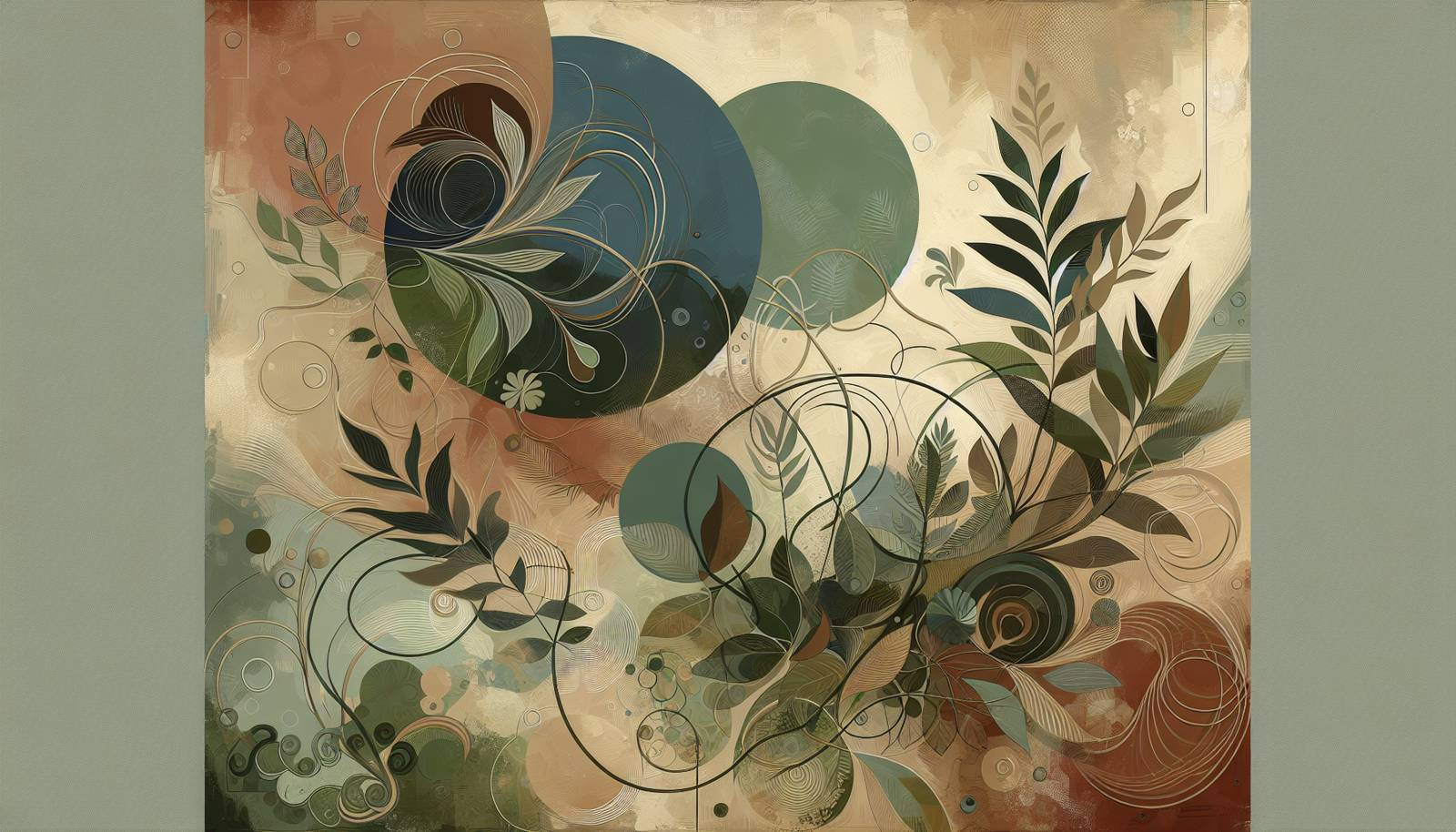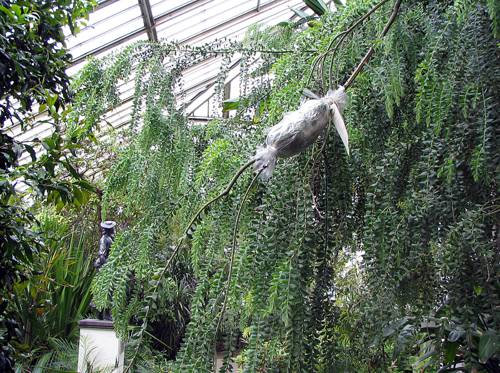
FAQ About Air Layering Techniques for Indoor Plants

What is air layering in plant propagation?
Air layering is a plant propagation technique used to produce new plants from existing ones. This method involves encouraging roots to form on a stem while still attached to the parent plant. The section of the stem is usually wounded and then wrapped with a moist medium, like sphagnum moss, to promote root development. Once roots have formed, this part of the plant can be cut off and replanted, resulting in a new, genetically identical plant.

Which indoor plants are suitable for air layering?
Many indoor plants are suitable for air layering, especially those with woody stems. Ficus trees (such as the rubber tree and fiddle leaf fig), Dracaena, and Monstera are popular choices. Generally, plants that do not readily root from cuttings or are slow to propagate are often good candidates for this technique.

How do you perform air layering on an indoor plant?
To perform air layering, select a healthy branch on your plant. Make a clean wound on it using a sterilized knife or scissors, exposing the inner layer where roots will form. Apply rooting hormone to encourage faster root development. Then pack damp sphagnum moss around the wound and wrap it with plastic film or foil to retain moisture. Secure the wrapping with string or rubber bands. After a few weeks or months, when roots are visible through the wrapping, the branch can be cut below the rooted section and planted.

What are the main benefits of air layering indoor plants?
Air layering offers several benefits: it allows for propagation without disturbing the parent plant's root system, produces large and mature new plants faster compared to other methods, and ensures genetic uniformity since the new plant is a clone of the parent. Additionally, it can be a reliable method for propagating some species that are difficult to grow from cuttings.

How long does air layering usually take for indoor plants?
The duration for air layering can vary depending on the plant species and environmental conditions. Typically, it takes anywhere from a few weeks to a few months for roots to develop sufficiently. It is important to regularly check the moisture level of the moss and the visibility of root growth through the wrapping during this period.

What materials do I need for air layering?
The essential materials for air layering include a sharp knife or scissors for making cuts, sphagnum moss or similar moisture-retaining medium, rooting hormone (optional but recommended), and plastic wrap or aluminum foil to hold the moss in place. Additionally, string or rubber bands are needed to secure the wrapping.

What are common problems encountered in air layering?
Common problems in air layering include incomplete rooting due to inadequate moisture or too much light exposure, fungal infections, and failure to form roots if the wounded area is not properly maintained. Ensuring consistent moisture and monitoring the wrapped section can help mitigate these issues.

How can I tell if my air layering attempt is successful?
The success of air layering can be determined by observing the growth of roots through the sphagnum moss. Once roots are visible and seem well-developed, typically several inches long, the layering is ready to be separated from the parent plant and potted individually.

Should I use rooting hormone in air layering?
While not strictly necessary, using rooting hormone can significantly increase the chances of successful root development in air layering. Apply it to the wounded section of the stem to promote faster and more robust root growth, particularly for more challenging plant species.

Can air layering be used during any season?
Air layering can be performed during any season; however, doing it during the plant's active growth phase, often in spring or early summer, can yield better results. The increased activity can facilitate faster root development during these periods.
